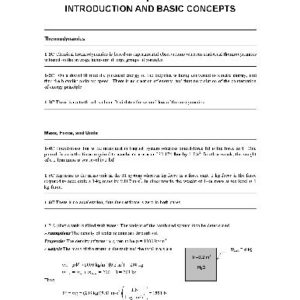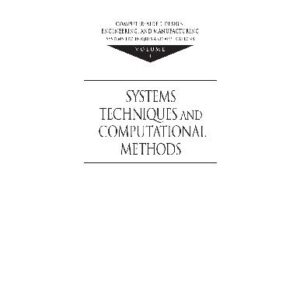This primer is intended to provide the theoretical background for the standard undergraduate, mechanical engineering course in dynamics. It grew out of the author’s desire to provide a compliment to the standard texts on the subject in which the gap between the theory presented and the problems to be solved is often times too large. The primer has three intended audiences: undergraduate students enrolled in a course on introductory engineering dynamics, graduate students who are interested in refreshing their knowledge of undergraduate dynamics, and instructors. In the primer, the theoretical framework necessary to tackle most of the problems presented in an undergraduate dynamics text is presented. This background is then illuminated using a range of examples. For all of the examples, a systematic four-step approach is employed. In this second edition, the author has added new examples and exercises and revised the exposition of several topics. For most of the examples in the first edition, such as the rolling and sliding disk, the projectile problem, and the particle on a cone, the author has included more substantial analyses. Oliver M. O?Reilly is a professor of mechanical engineering at the University of California in Berkeley. He is the recipient of multiple departmental teaching awards and the Distinguished Teaching Award of the University of California at Berkeley, and the author of Intermediate Dynamics for Engineers. The author?s research interests lie in a variety of topics in mechanics ranging from brake squeal and the dynamics of the human spine to ocean wave energy converters and plant growth. Reviews from the first edition: ?This primer offers a good theoretical background for a first course in dynamics. For students who want to truly understand and analyze problems in dynamics, this primer is well worth having.? -Bulletin of Mathematics Books (2002) ?The material is well presented, and easily digested. While written for mechanical engineers in mind, this primer is quite appropriate for physicists too. Full and valuable references are cited.? -Contemporary Physics ?The material in the primer has three divisions: single-particle dynamics, dynamics of systems of particles, and the dynamics of rigid bodies. The book is carefully written and provides a good introduction to the subject.? -AMS Mathematical Reviews (2002)






Reviews
There are no reviews yet.